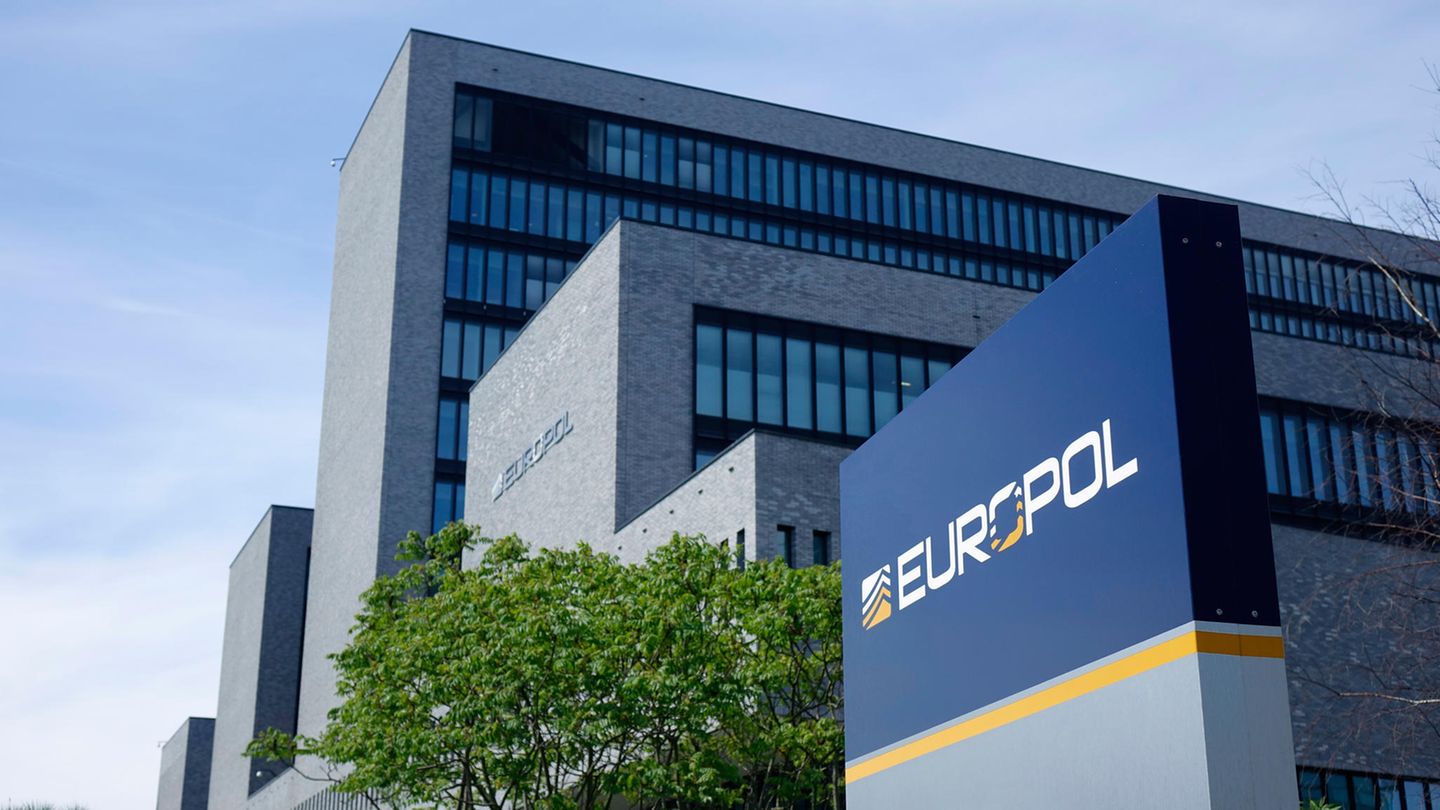The European police authority Europol published figures on the financial structures of organized crime on Monday. In 2020 and 2021, an average of 4.1 billion euros from illegal proceeds were tracked down and frozen every year.
The European Center for Combating Financial and Economic Crime was founded three years ago. Now, for the first time, the Europol police authority has published a situation report on the economic structures of organized crime in Europe.
The analysis is based on Europol’s investigative work and data collected by EU member states and passed on to the authority. The objects of investigation were all financial crimes affecting the EU, in particular money laundering, corruption and fraud.
The vast majority of criminal networks use money laundering
According to the results, up to 70 percent of criminal networks in the European Union use one or more forms of money laundering, i.e. processes that conceal the origin of financial proceeds from crimes. Money laundering usually takes place in three phases. The illegally acquired money is fed into the legal financial system before the original source is further obscured through multiple transfers. In the final step, the money flows back into the legitimate economy through investments. Investments are particularly often made in real estate, companies or luxury goods.
According to the report, up to 30 percent of criminal networks in the European Union also use professional money laundering providers for this purpose. The commission for these services is usually between five and 20 percent of the amount laundered. Professional money laundering networks operate internationally and consist of EU and non-EU citizens. According to the authority, members of these networks come mainly from Eastern Europe, Asia and Africa. According to Europol, Chinese companies in particular are often involved in professional money laundering in the European Union.
Europol: Clearance rate is at most two percent
In the two years since the European Center to Combat Financial and Economic Crime was founded, EU member states were able to track down and freeze an average of 4.1 billion euros annually. Europol estimates that this represents less than two percent of the annual output of organized crime in Europe.
According to recent estimates, the European police authority assumes annual profits of at least 188 billion euros. However, according to the report, the returns will most likely be significantly higher. The confiscated profits would therefore amount to a maximum of 2.2 percent of the annual illegal profit.
Source: Stern




